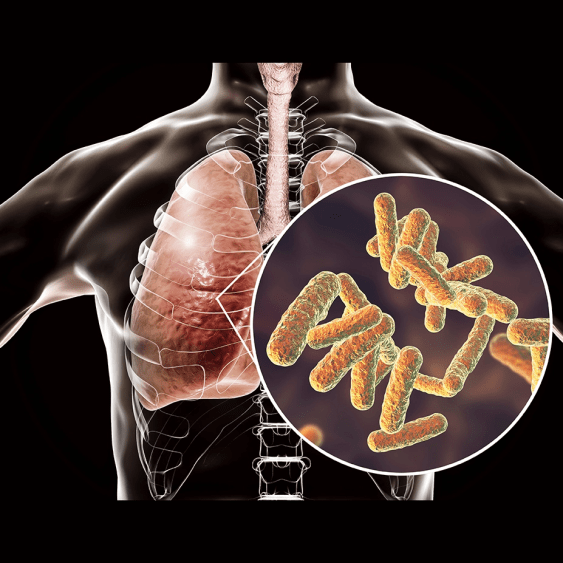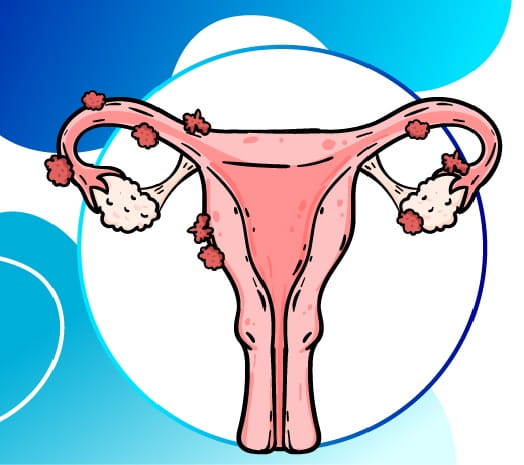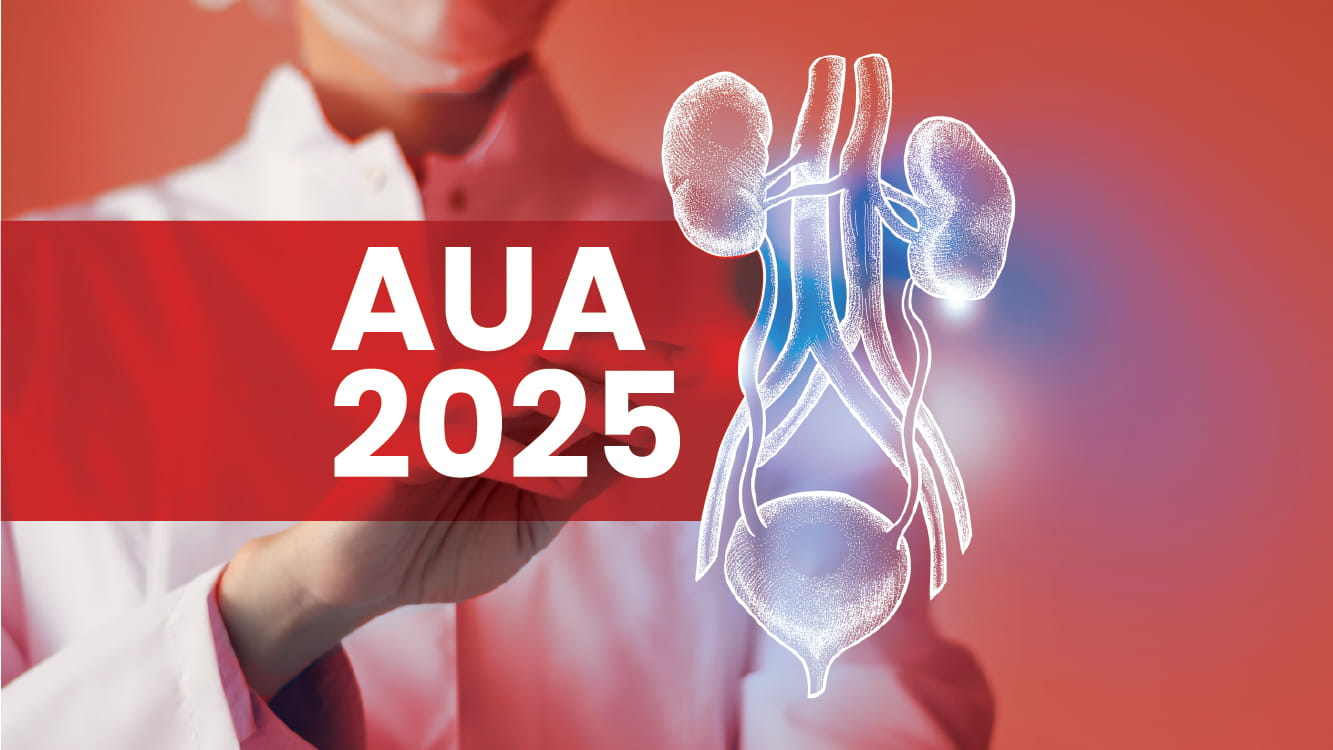Panelists: Dr Tamsin Greenwell, Dr. Pankaj Joshi, Dr. Hunter Wessells
Introduction:
The session featured a crossfire debate on the treatment of urethral stricture disease, with expert perspectives from the American Urological Association (AUA), European Association of Urology (EAU), and Urological Society of India (USI). Key points of similarities and differences across three guidelines were discussed, providing insights into the complexities of clinical decision-making and urethral stricture management.
Clinical Domains and Guideline Variation:
Perineal Urethrostomy: It has been increasingly utilized in complex or high-risk patients, offering high patency rates (70-95%), minimal complications, and high patient satisfaction. AUA evidence has demonstrated optimal short- and long-term outcomes in patients with complex strictures or those unsuitable for reconstruction. Augmented or seven-flap have been recommended for proximal disease, with seven-flap preferred in obese patients. Risk factors for failure have been identified, including lichen sclerosus, previously failed urethroplasty, and endoscopic procedures.
Female Urethral Stricture: Diagnosed using flow rate measurements, post-void residual assessments, or video urodynamics. Dilation (24-42 Fr) remains the first line of treatment: recurrence is managed by repeat or intermittent self-dilation. In patients unable to execute intermittent self-dilation or those seeking definitive treatment, urethroplasty has been performed using various grafts, with patency rates of 83-93% for ventral and 73-93% for dorsal repairs. Meatal strictures are treated with meatotomy or meatoplasty. Despite being based on low-quality evidence, urethroplasty is offered for refractory LUTS.
Transgender Urethral Strictures: While no AUA guideline exists, the EAU has advised against treatment within 6 months post-neophalloplasty in trans men and has recommended either perineostomy or suprapubic catheter. Meatal strictures are treated with dilation/meatotomy, neophallus with staged urethroplasty, and pars fixa with dorsal augmentation urethroplasty. In trans women, non-obliterative strictures are managed with dilation, short meatal strictures with VY plasty, and long strictures with neovaginal advancements. With reference to low-quality evidence, only two dilation attempts have been recommended before proceeding to surgery.
Bulbous Strictures: For strictures >2 cm, one-stage or multistage urethroplasty with buccal, lingual, or prepucial grafts or flaps has been advocated using a midline, muscle- and nerve-sparing, non-transacting bulbar technique. Success rates of 88-91% are reported. Dorsal onlay is favored for long distal strictures and ventral onlay for proximal or mid strictures, particularly post-TURF. For short bulbar strictures (<2 cm), DVIU/dilatation is advocated (unless post-traumatic or obliterative). Short bulbar strictures due to straddle injuries are treated with excision and anastomosis. An endodontic approach is preferred for recurrent strictures post-TURP. Drug-coated balloons (Optilume) are endorsed early by the AUA and after multiple failures by the EAU. USI discourages anterior urethra injections. Transmeatal graft urethroplasty (e.g., dorsal Vanni, ventral Nikolasky) is favored for distal penile strictures.
Panurethral Strictures: USI recommends single-stage Kulkarni for strictures >10cm and a staged Johansen-Asopa approach for obliterative strictures. Flap urethroplasty for non-lichen sclerosus stricture cases has shown a success rate of 88% using a two-team approach.
Pelvic Urethral Injury: Endoscopic “cut to light” is discouraged. Retrograde urethrography (RGU), micturating cystourethrography (MCU), cystoscopy, and penile Doppler have been recommended, with CT/MRI for complex cases. Surgery is advised at high-volume centers using a progressive perineal approach. Supracrural rerouting is not preferred. Inferior pubectomy is more common in Asia (59%) than in the West.
Bladder Neck Contracture / Vesicourethral Stenosis (VU): Endoscopic options like dilation, incision, and resection have yielded 50-85% success, which lowered in post-radiation cases. Mitomycin C and corticosteroids may enhance outcomes (50-94%), but lack RCT evidence. Reconstruction is considered using robotic/open abdominal or perineal/abdominoperineal approaches with techniques like VY plasty, T plasty, or subtrigonal inlay (Flynn) for prosthetic urethral stenosis post-TURP.
Conclusion:
The discussion identified common practices and variations among AUA, EAU, and USI guidelines. Emphasis was placed on patient-specific decision-making, evidence-informed flexibility, and the need for high-volume center expertise. Regional practices and resource availability must be considered when applying guideline-based care.
American Urological Association 2025, April 26-29, Las Vegas, NV




